Croma Design Studio – Clovis Romano
If your idea can change the world, you’ll need the right product design to make it happen – and that’s my specialty

LEO
Leo is a device concept designed to empower the blind and visually impaired, offering them increased freedom by providing assistance in navigating new environments, managing crowded spaces, and avoiding potential hazards.
Improving Mobility for the Visually Impaired: Leo’s Vision for a Safer, More Independent Future
Low vision has long been a widespread and progressive condition, impacting millions of people across the globe. Today, approximately 257 million individuals suffer from some form of visual impairment. This condition can either be congenital or degenerative, and while some treatments like cataract and corneal surgeries are available, they often remain out of reach for many due to high costs.
The Daily Struggles of the Visually Impaired
Blind and visually impaired individuals often express frustration with the lack of adaptations in society to accommodate their needs. Despite advancements in urban planning, many still face anxiety about navigating public spaces, encountering obstacles, and limited accessibility. They rely heavily on their remaining senses, such as hearing and touch, to navigate their environment. Many use white canes that vibrate upon contact with the ground or depend on guide dogs and human companions for assistance.
In their daily routines, visually impaired individuals memorize familiar routes for tasks such as commuting to work or visiting shops. While they strive for independence, they often miss out on leisure activities enjoyed by sighted individuals.
Identifying Challenges and Seeking Solutions with Leo’s Insight
Through discussions with a visually impaired association, we documented the challenges they face daily and their desires for improvements. One major issue is the lack of suitable urban furniture and infrastructure. The absence of diverse ground textures makes navigation difficult and reduces their sense of touch.
Crowded spaces, busy roads, and cyclists who often seem inconsiderate are additional sources of stress. Visually impaired individuals also lack confidence in payment systems and prefer not to rely on others for help. In our conversations, we posed a crucial question: Would they be open to using technological, connected devices if it could improve their safety and independence? To our surprise, 86% responded positively, eager for the benefits of such innovations.
Leo’s Mission: Enhancing Safety and Independence
Our goal with this project is to tackle the mobility challenges faced by visually impaired individuals in urban environments. By integrating intelligent guidance systems designed specifically for their needs, we aim to enhance their travel experiences, ensuring greater comfort, fairness, and freedom in their daily lives. Through innovation and a commitment to accessibility, Leo is determined to make cities more inclusive for all.
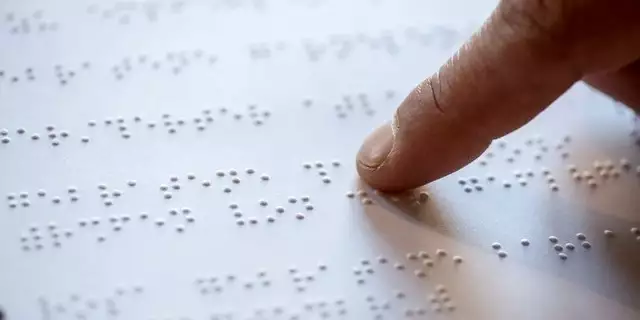

1,3 MILLIONS OF BLIND / VISUALLY IMPAIRED IN FRANCE (INCREASING EVERY YEAR)

IN 20 YEARS, 1/30 PEOPLE WILL BE AFFECTED BY VIEWING PROBLEMS

Public transport not always suitable and adapted to blind people

Today, only 5% of books are accessible to them

That 3% of the websites are accessible to them

10% of audio-d films 1% of equipped cinemas
PERSONA
Persona made from a panel of about twenty blind and visually impaired people.

JEROME
32 years old, lives in Paris. Jerome is blind since childhood following an accident.
Jerome is a person who has always been very autonomous and good living. When he became blind at the age of eight, his life changed but did not detract from his unwavering determination. Today, Jerome is an administrative assistant and fully lives his life with his wife in Paris. He has always loved culture, new technologies and walking around and is not afraid to venture alone into the city. He travels most of the time on foot and sometimes uses public transportation. However, he would like cities to be more adapted to his disability and would like the vehicles he can be in contact with (especially bicycles) to be more cautious about him.
IDEATION
Having generated 5 hypotheses of concept for Leo we decided to divide the project into several connected objects with a specific white cane and a headset to accompany the visually impaired (according to the values of the project which are to prevent, comfort, ergonomics, palatal biomimetism, freedom, communication)
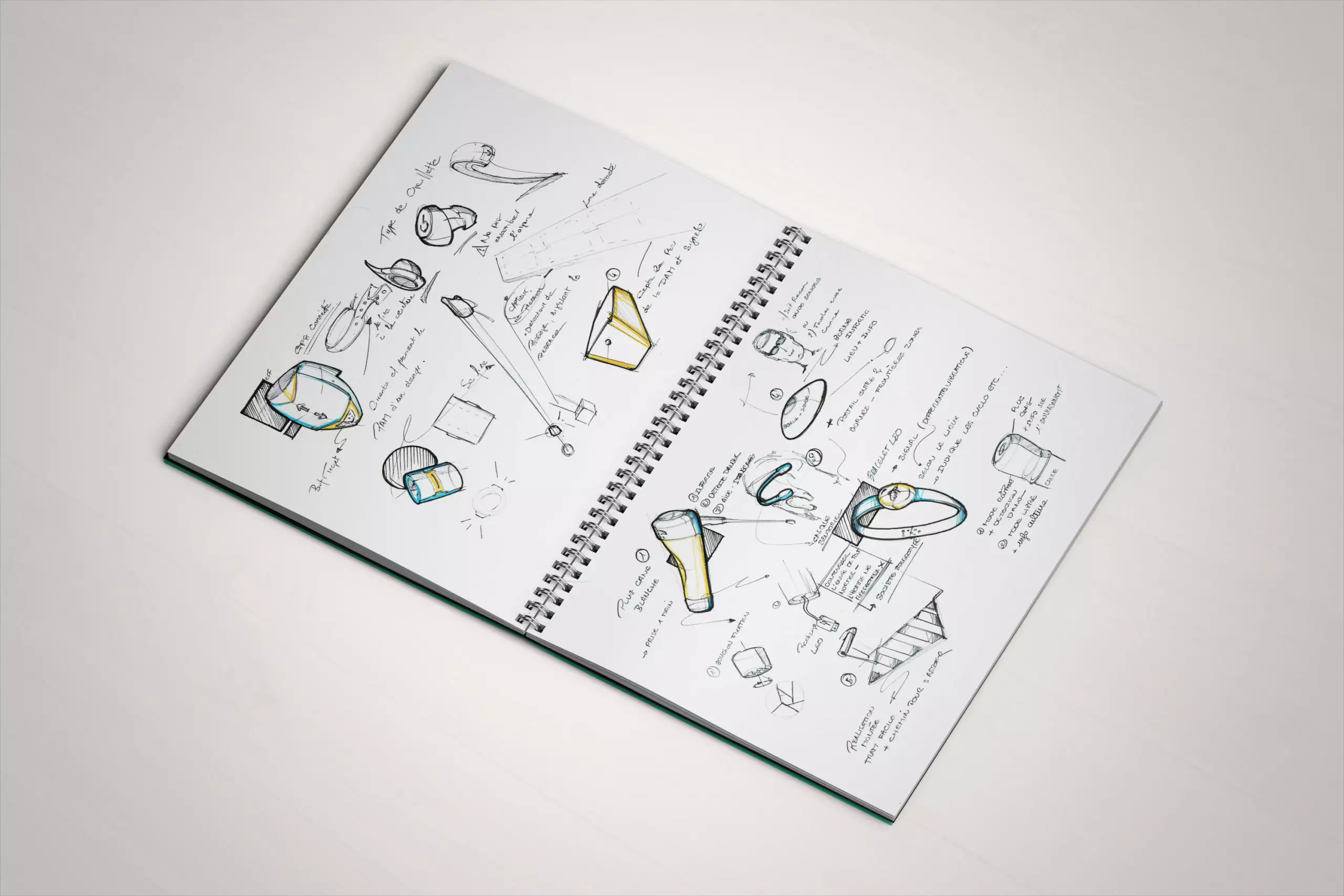
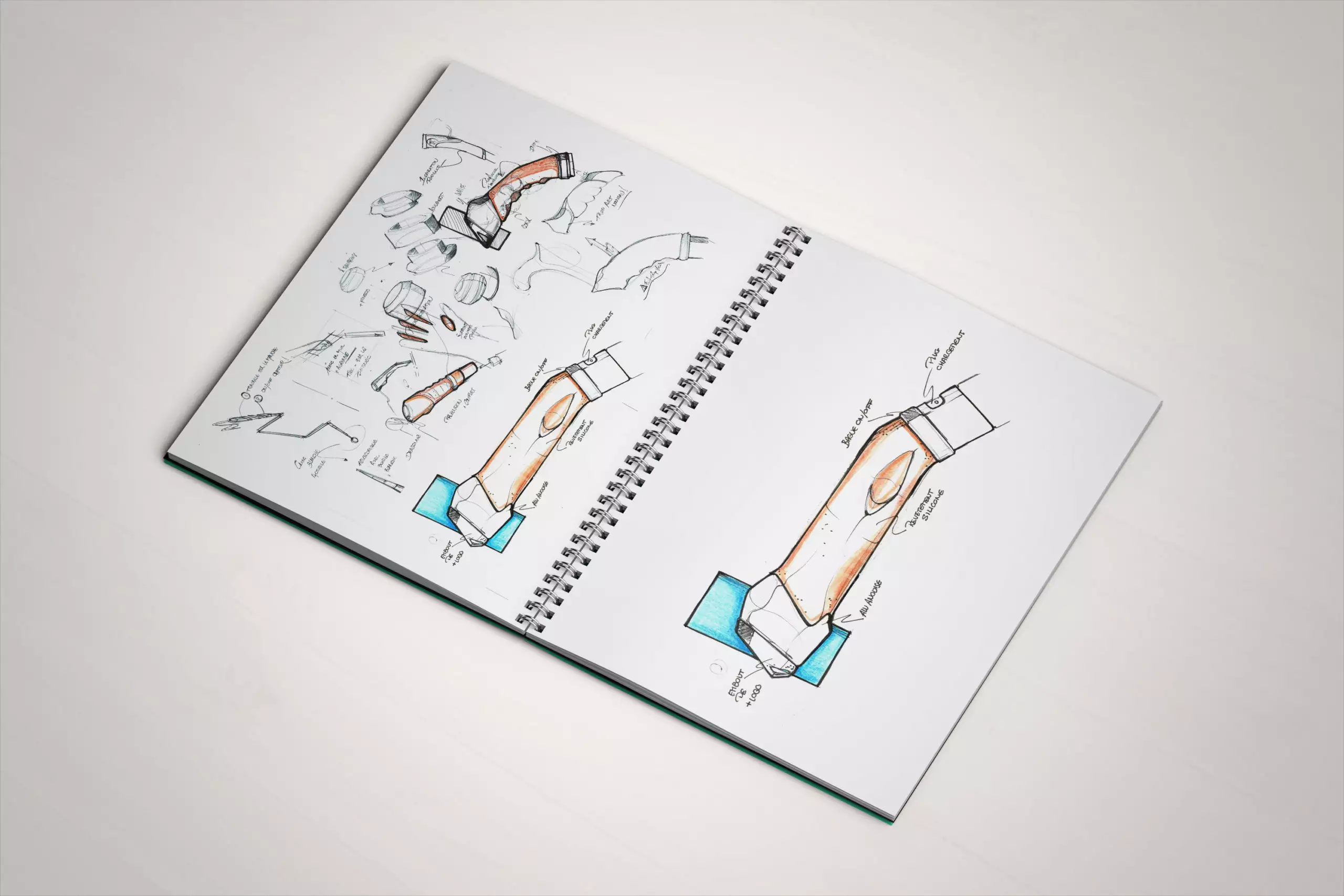

Goal :The aim is to enable the visually impaired to no longer apprehend complex urban spaces with vehicles and crowds by giving them assistance that allows the optimization of the cane to perceive dangers and obstacles such as a radar.
The visually impaired are ready to equip themselves to be more autonomous, give them self-confidence!
LEO
The connected kit for autonomous mobility assistance dedicated to the blind and visually impaired.
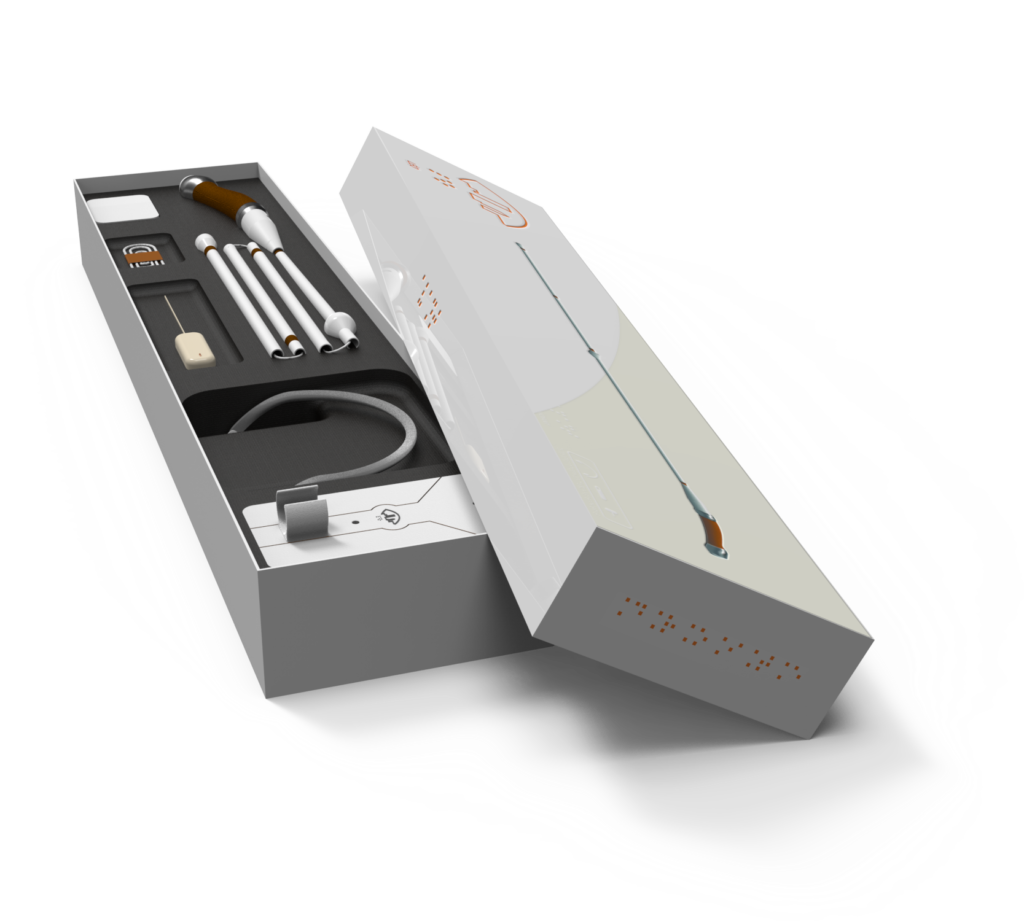

THE KIT INCLUDE :
A CANE
with radar and handle studied for the comfort of the hand
A HEADSET
with bone conduction in a comfortable gel for the head
A RECHARGE STATION
is ideally attached to the wall of the house entrance
A STRAP
to hang the cane to your wrist & avoid the robbery
A MANUAL
written in braille and several languages
TECHNOLOGY AND CONNECTIVITY USED BY LEO
The connected kit for autonomous mobility assistance dedicated to the blind and visually impaired.

PRINCIPLE
How does each object work and communicate together?
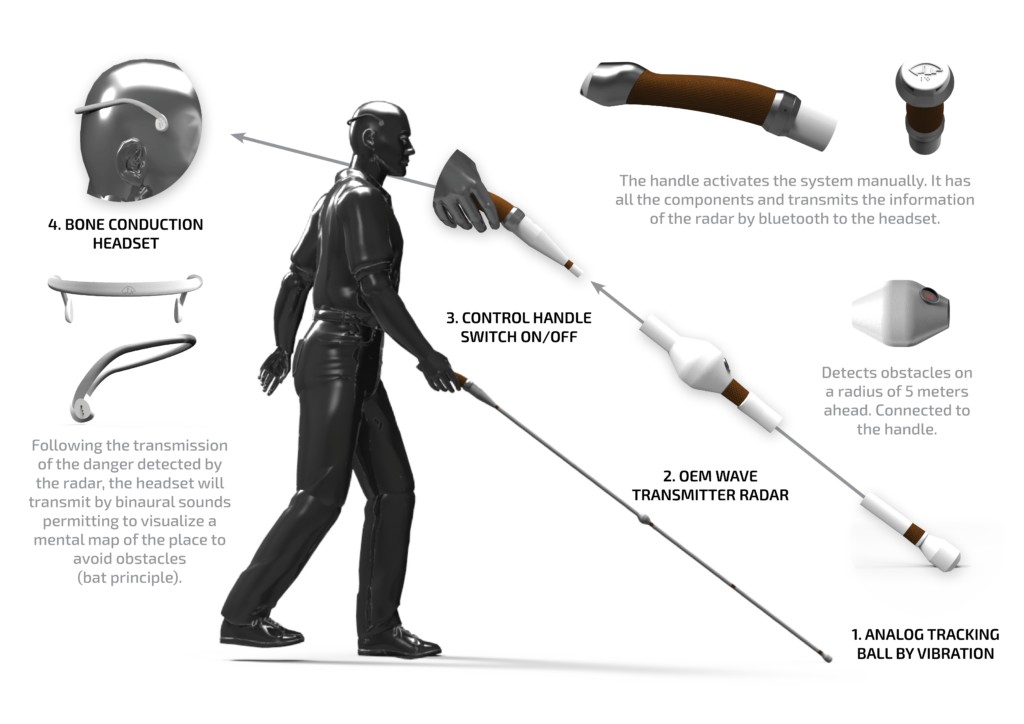
MATERIALS
The texture transition allows and helps the blind people to better understand the object simply by touching it (like the change of materials in the street and sidewalks which allows them to better mentally visualize the place and where to go).
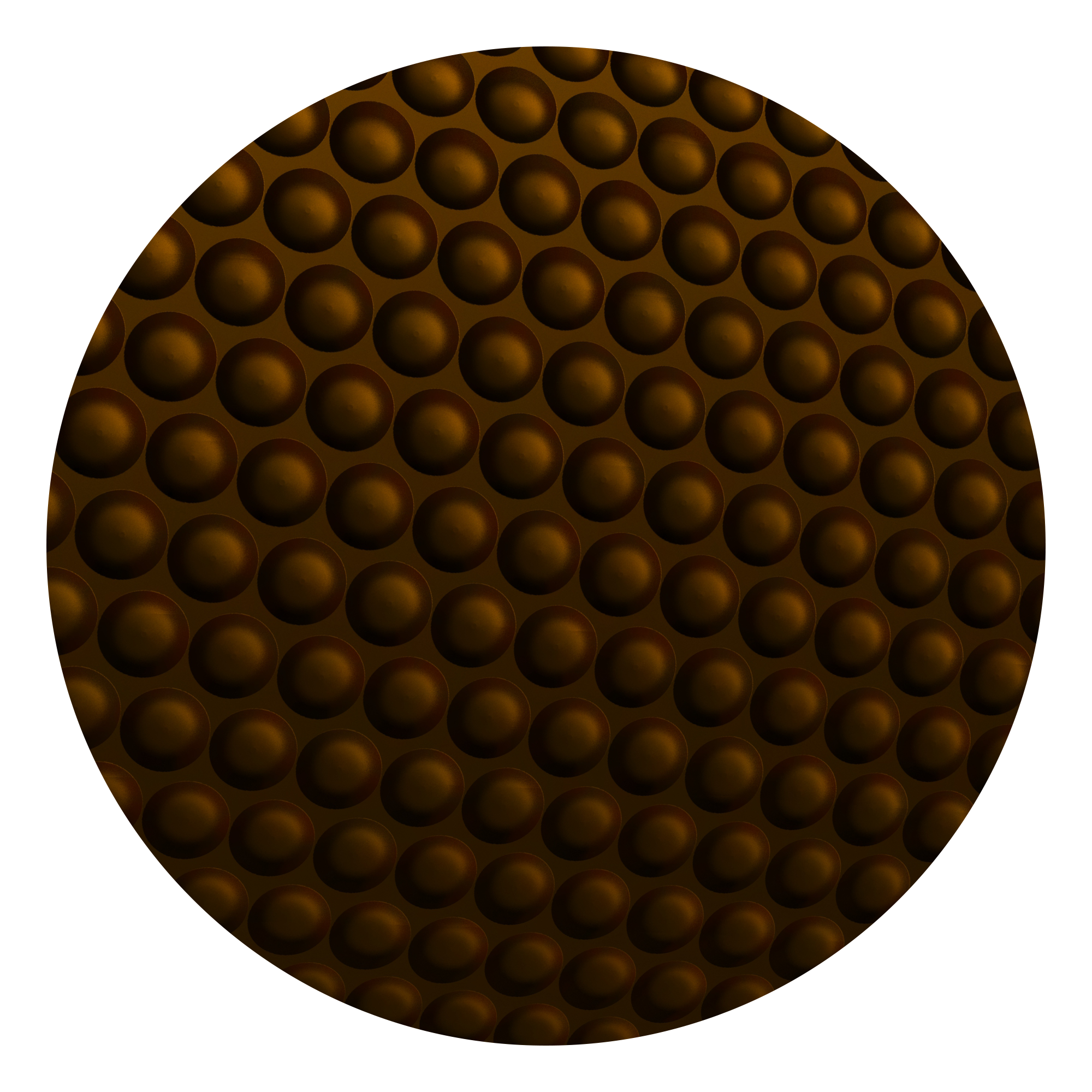
DENTED NEOPRENE
Handle

SMOOTH PE
Cane

FORMED SILICA GEL
Helmet
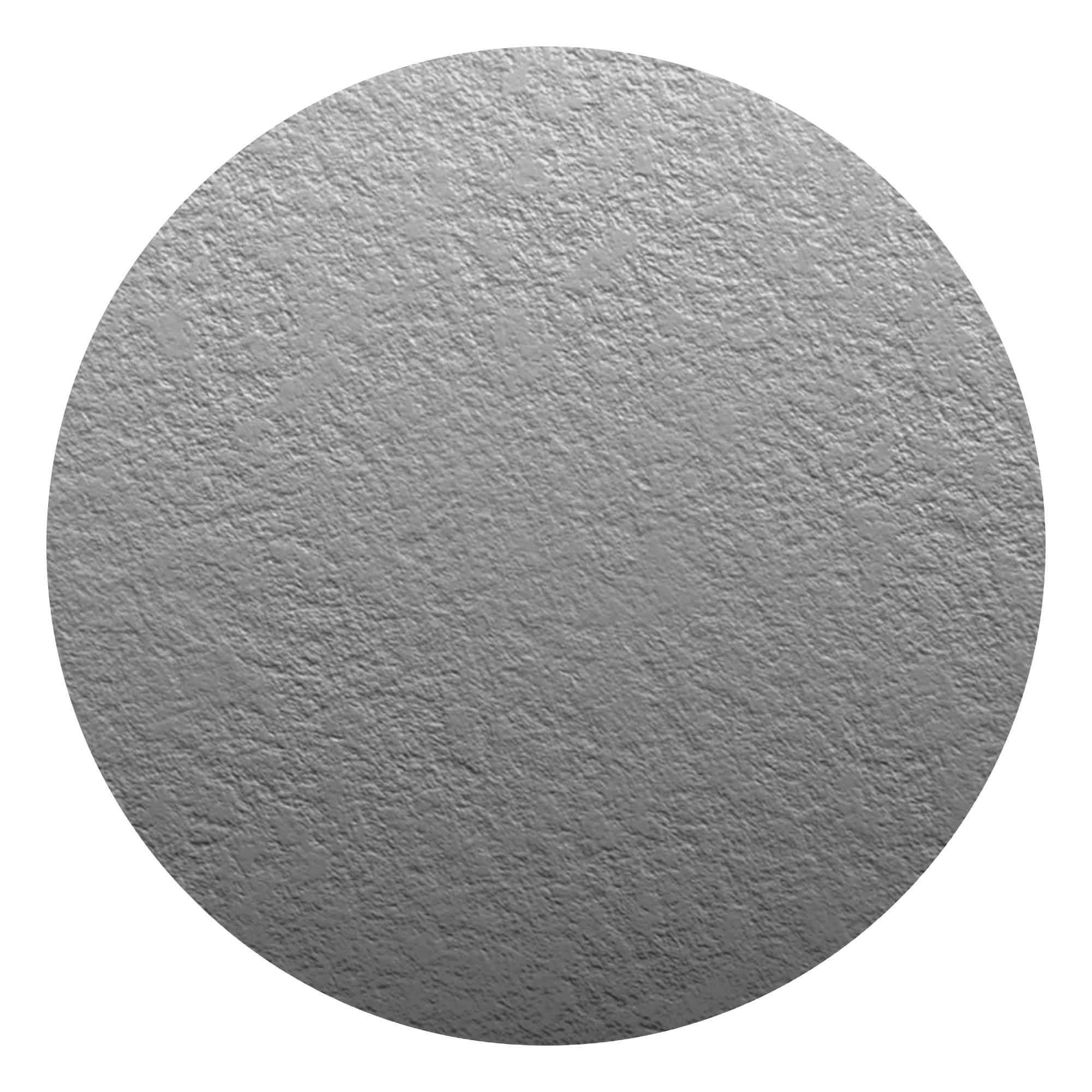
TEXTURED PE
Handle & Helmet
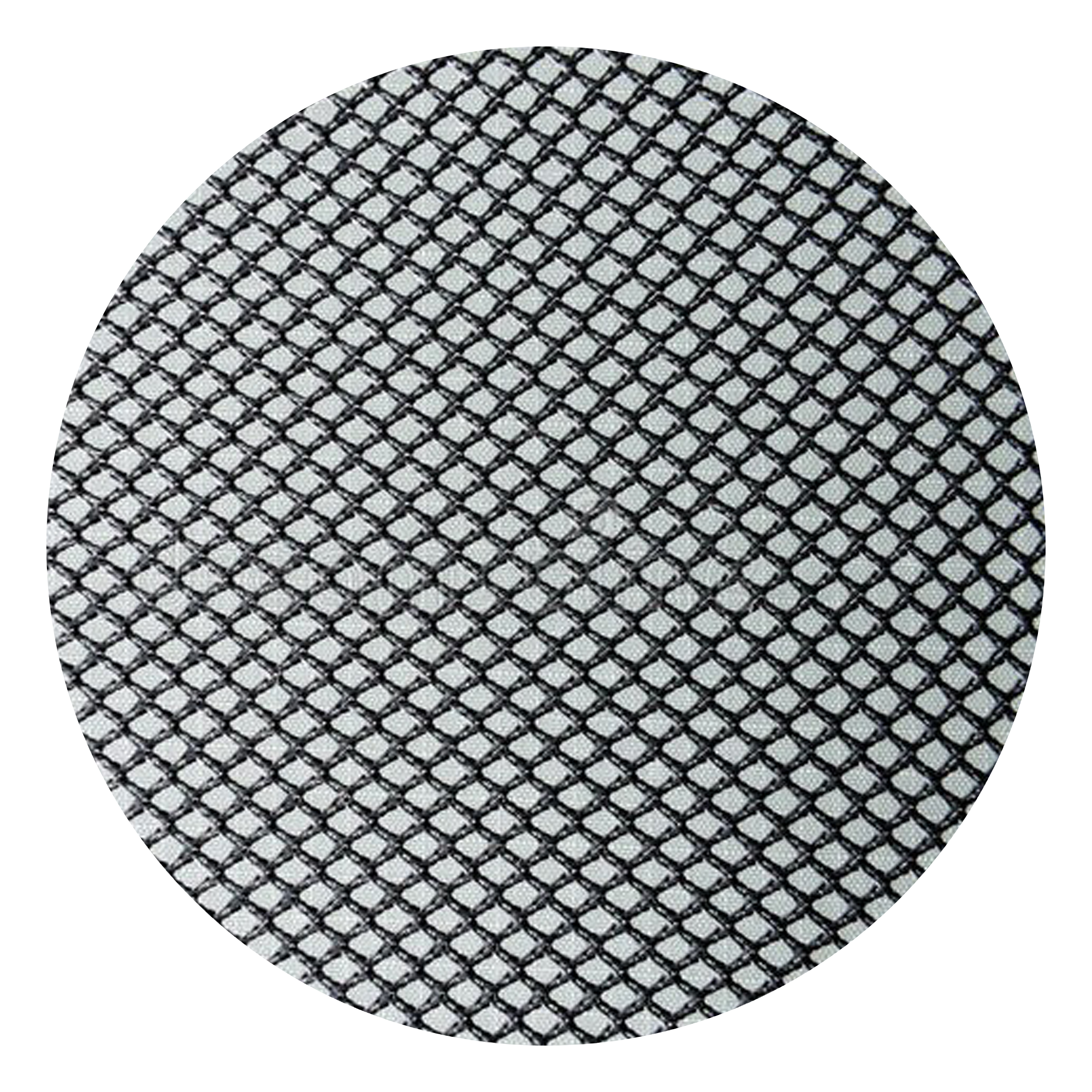
NYLON WEAVE
Strap
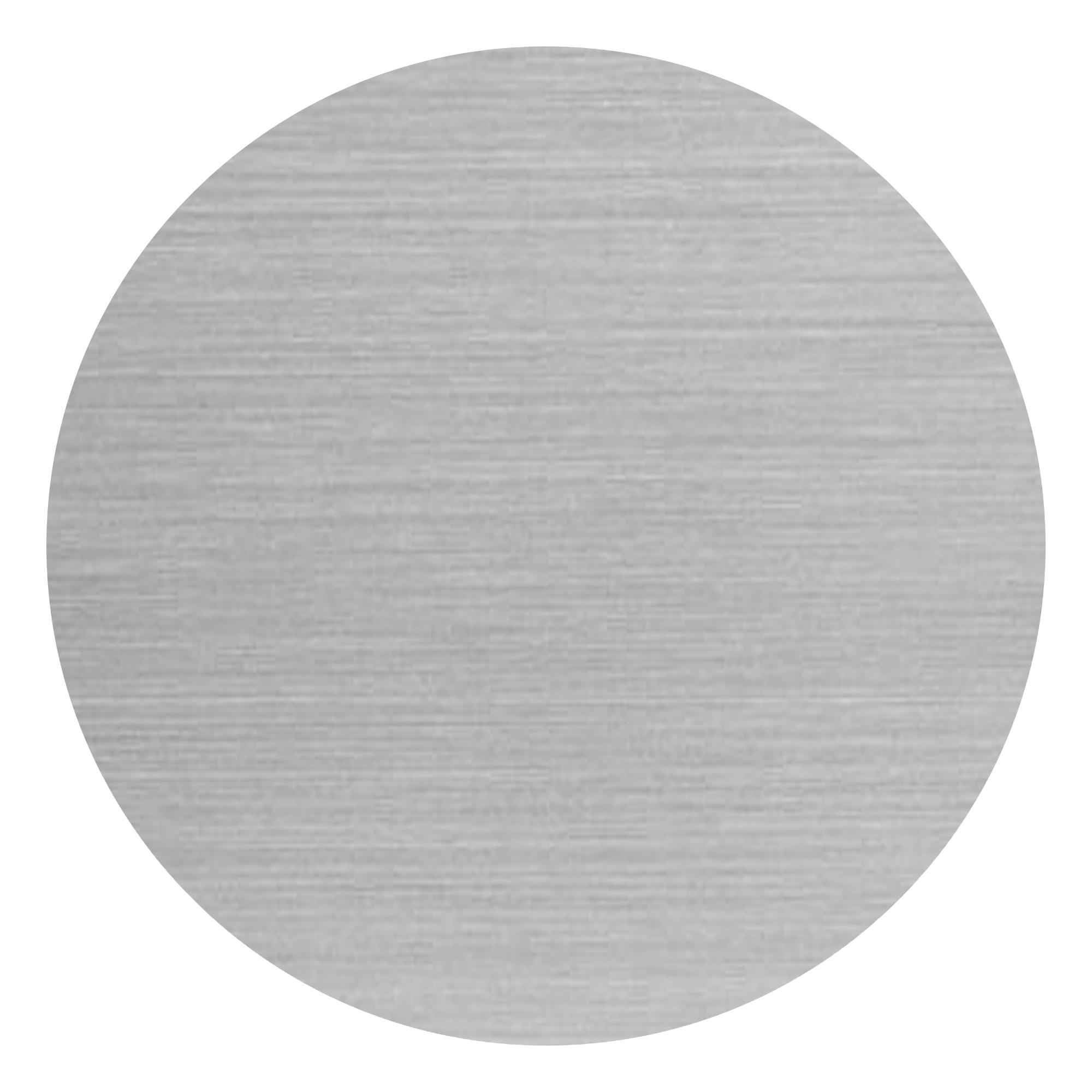
BRUSHED ALUMINIUM
Handle
LEO KIT DETAILS
Visualization of the LEO Kit

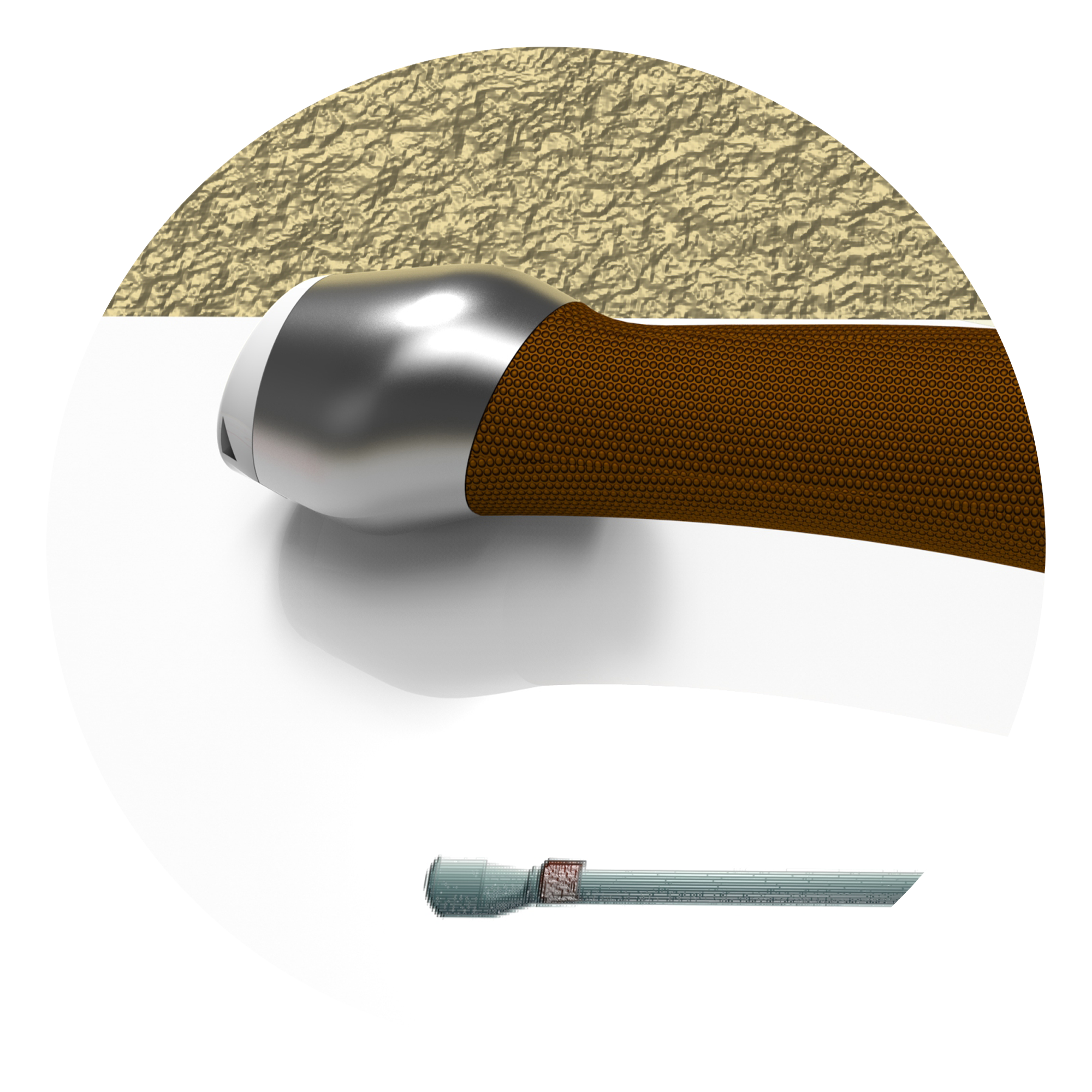
Multi-Material Cane
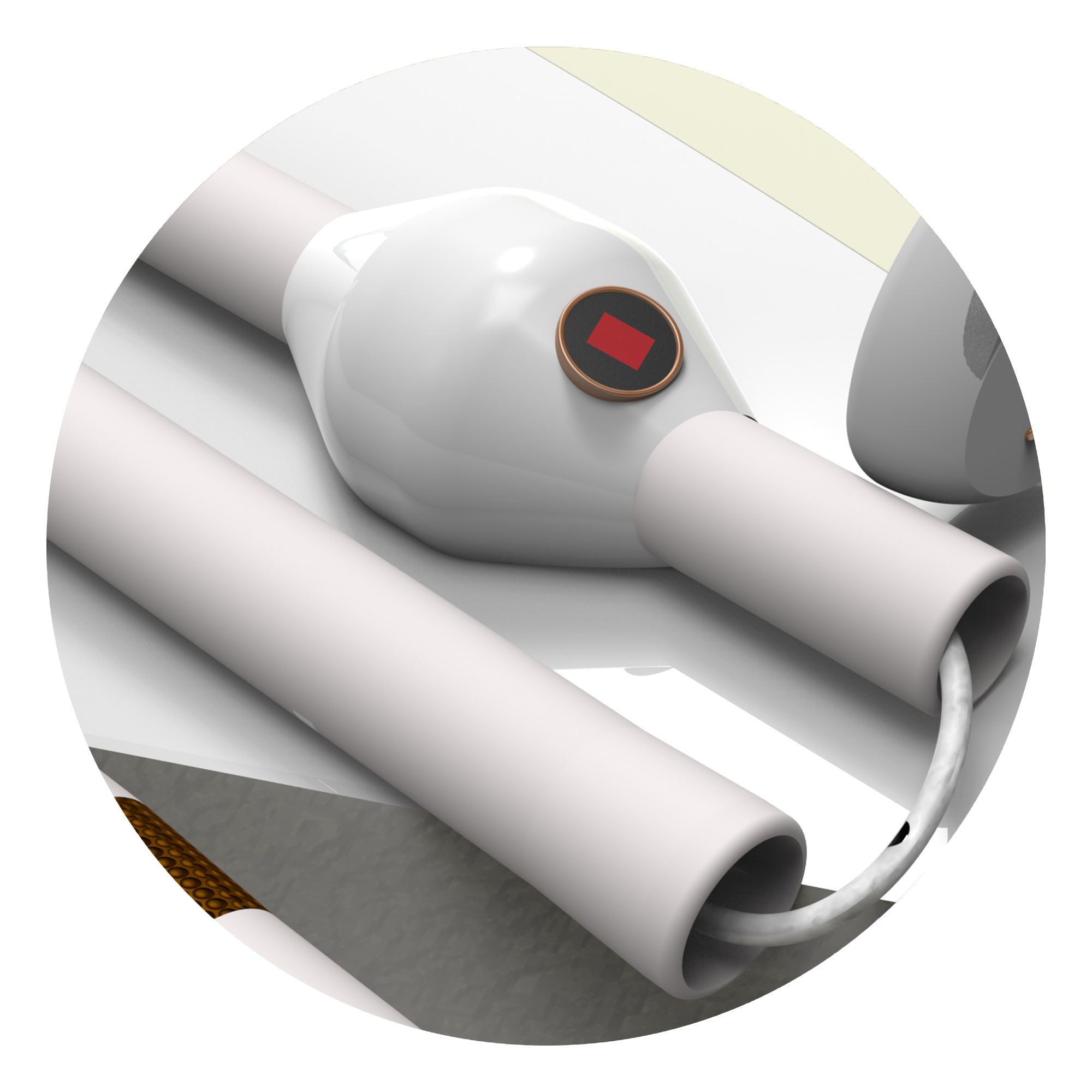
Radar and Cane assembly
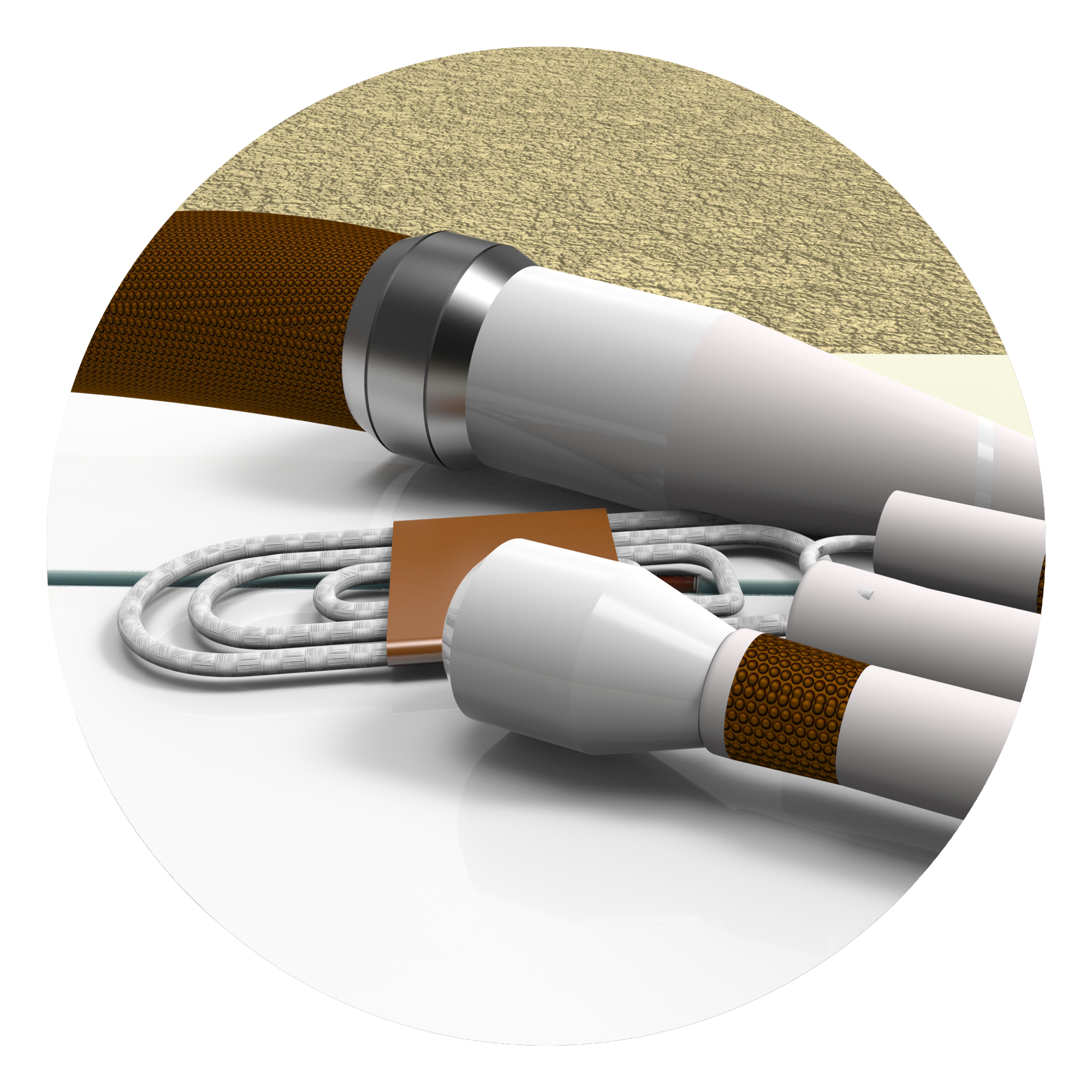
Cane tip and Wrist strap
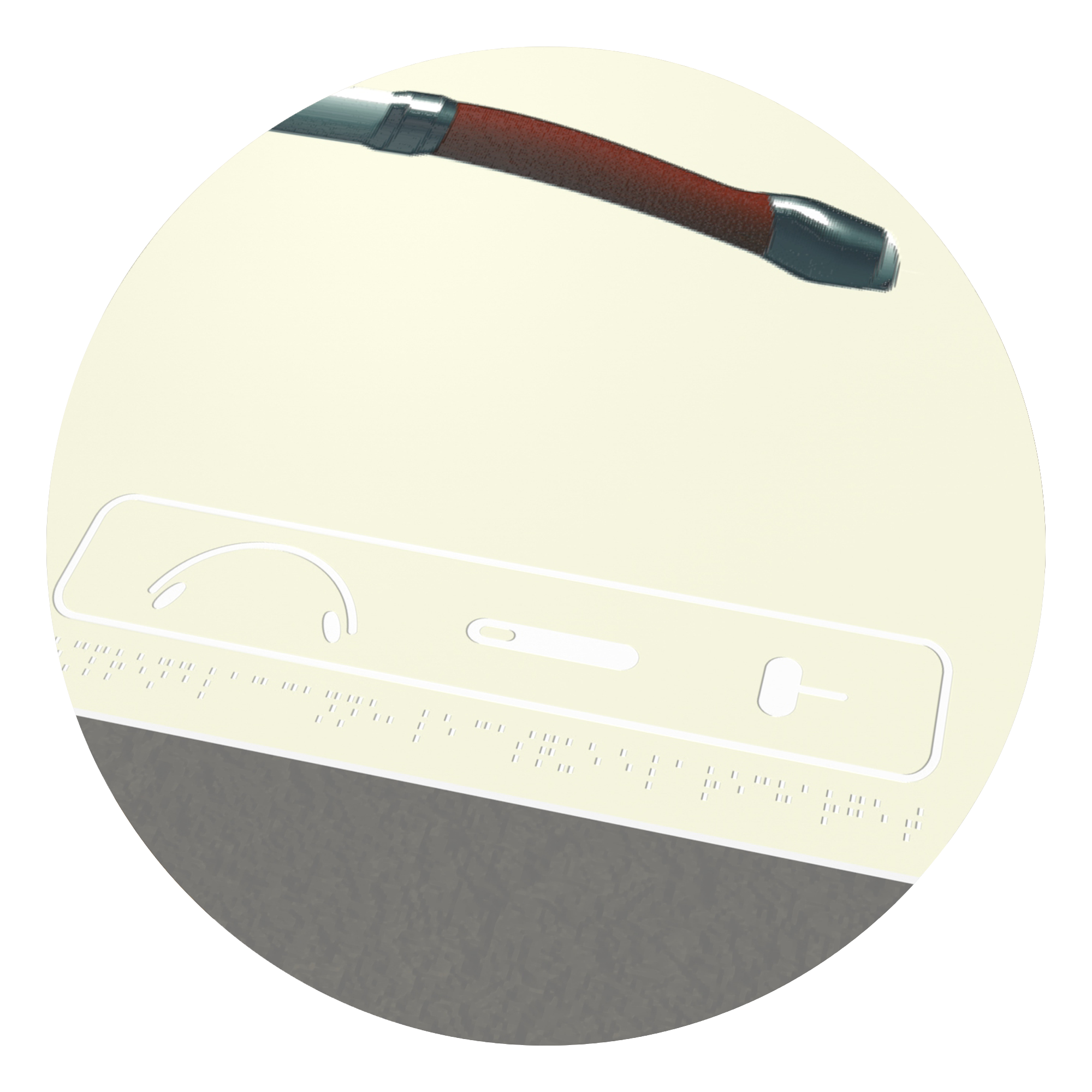
Box in Braille and Relief
USAGE SCENARIO
Example of use in situation

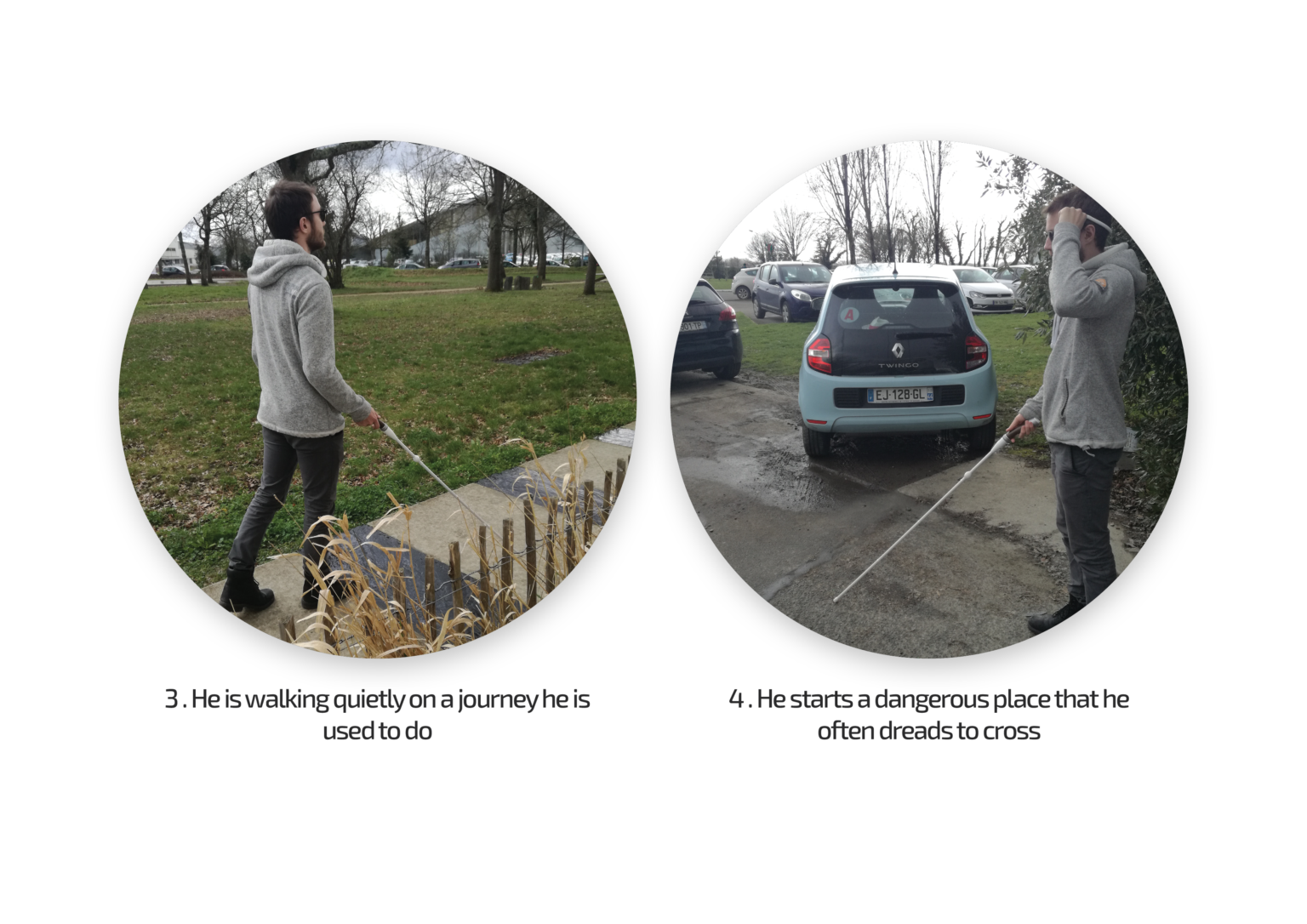
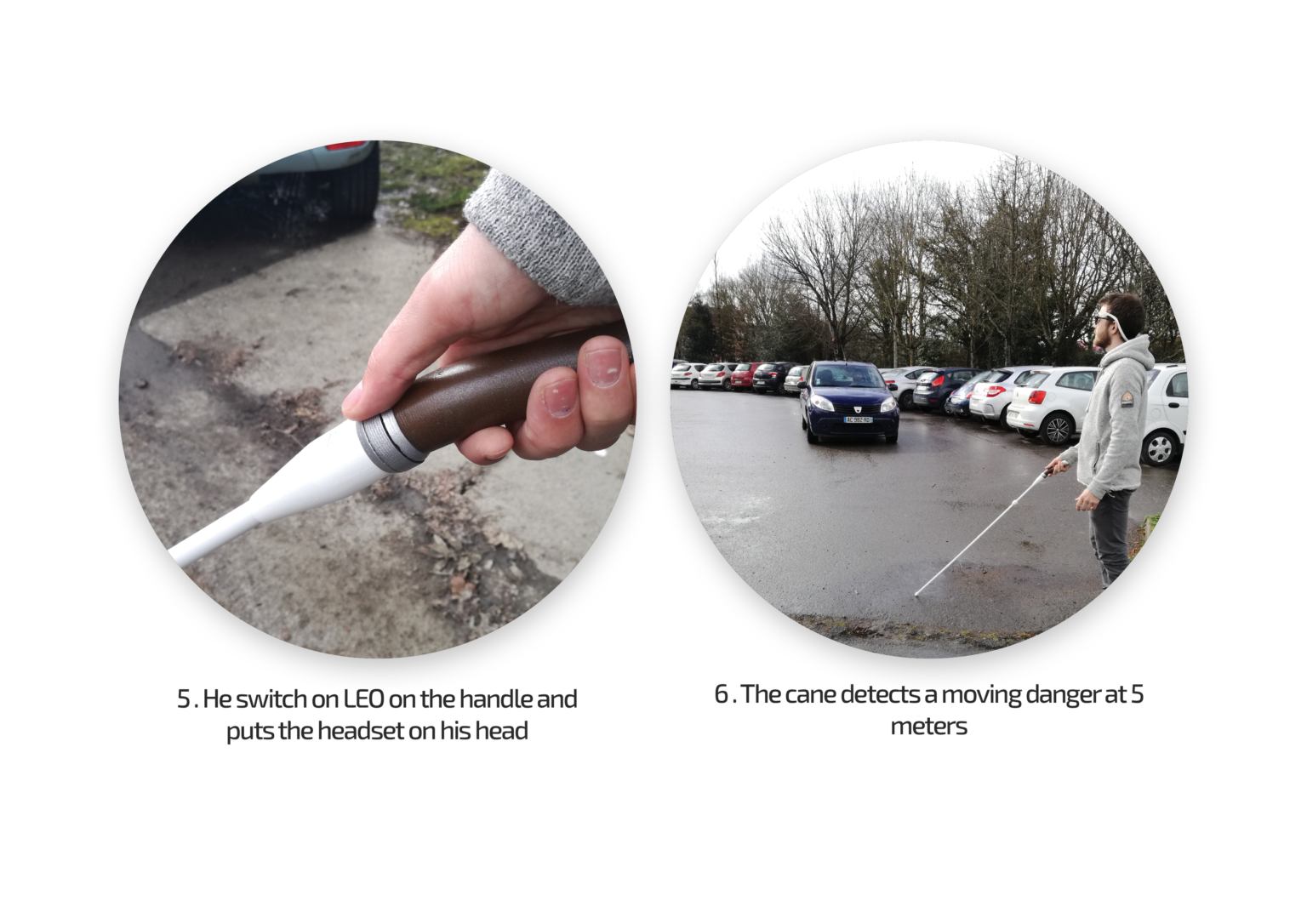
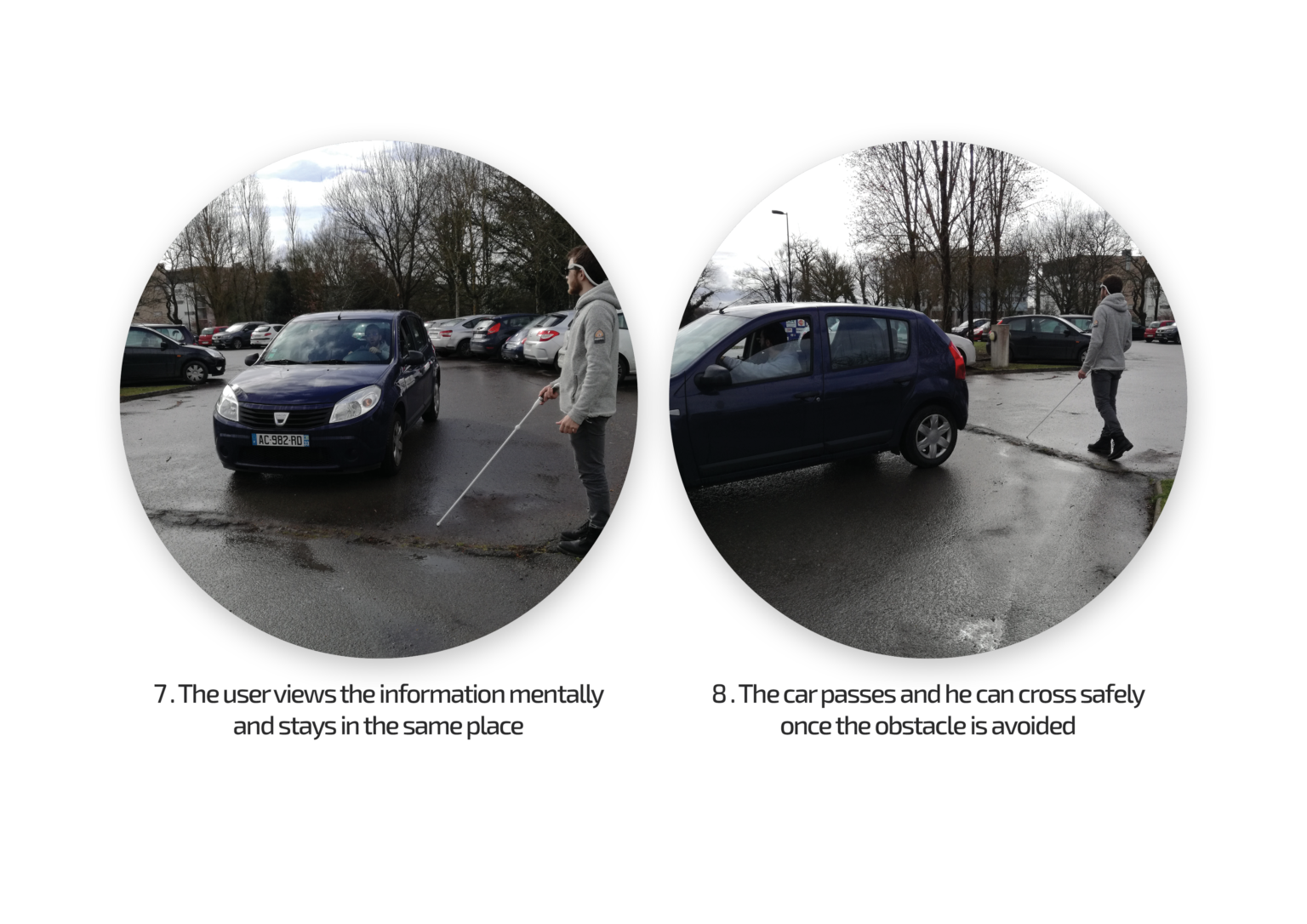
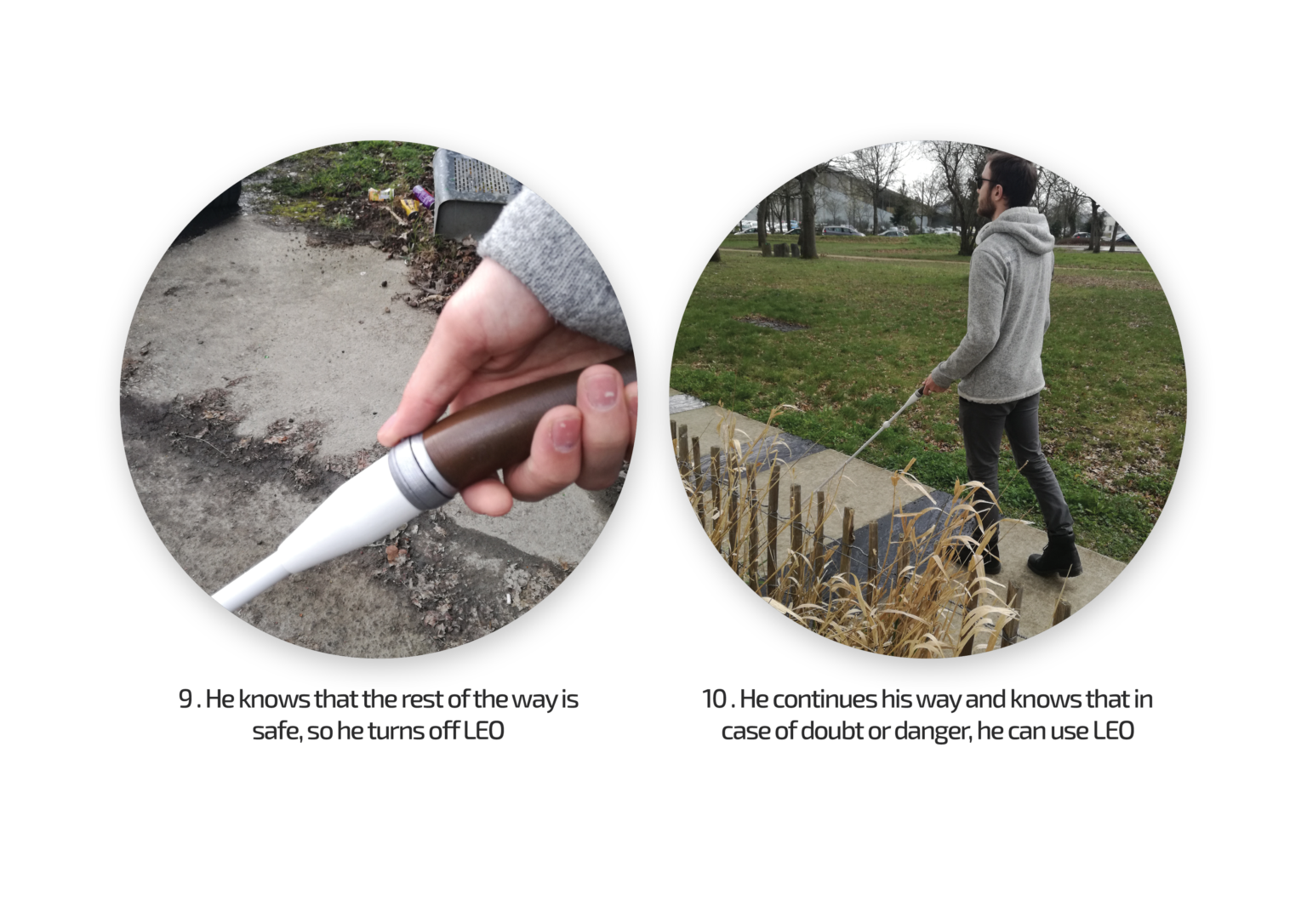
Project made with Romain Lagarde and Harun Miridliy
Projects you might be interested in too

HOME HERO FOOD SCALE
The Home Hero Food Scale is a the ultimate tool for weighing recipe ingredient in you kitchen. This scale is measuring up to 15kg and has a wireless display.

DREAMCARE CERVICAL PILLOW
The Cervical Pillow designed for Dreamcare, which enables you to correct the positioning of your neck, back, and legs.
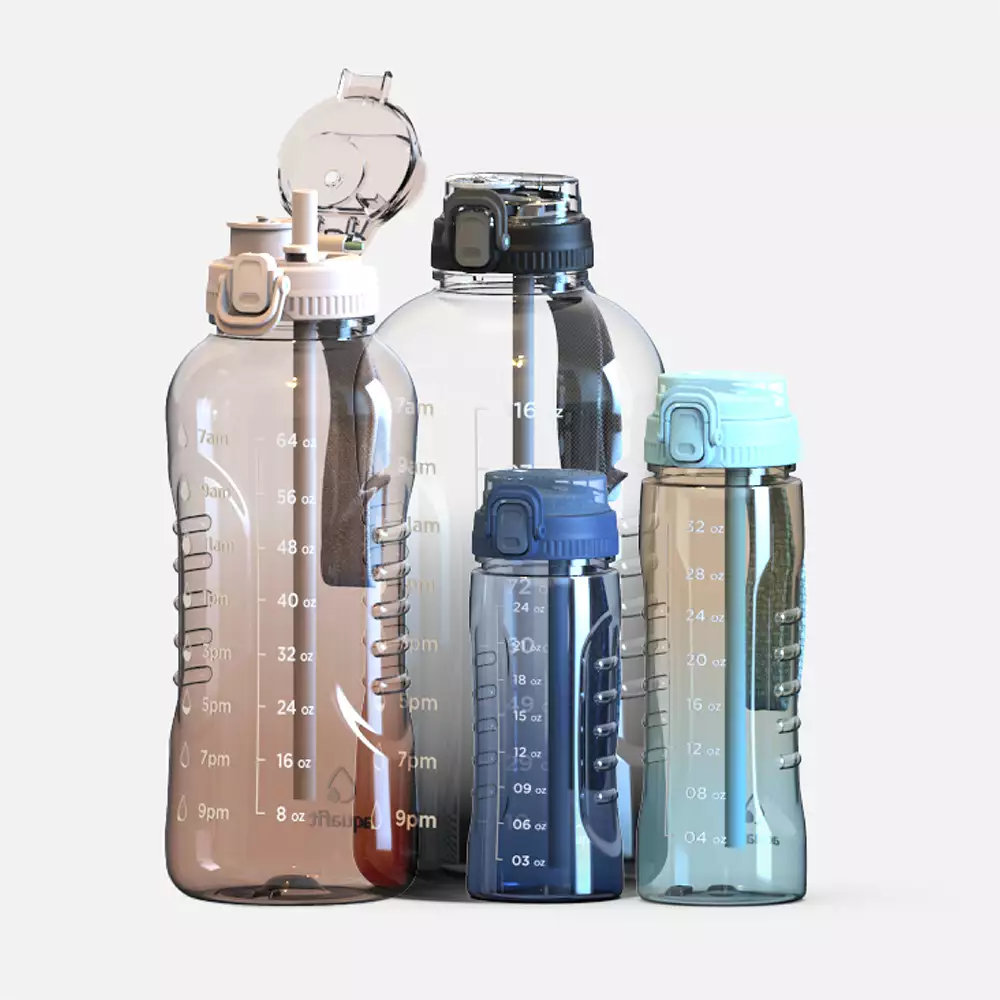
AQUAFIT WATER BOTTLES
These new designed bottles are offered in a selection of playful colorways, allowing you to pursue your daily hydration goals with both practicality and style.
